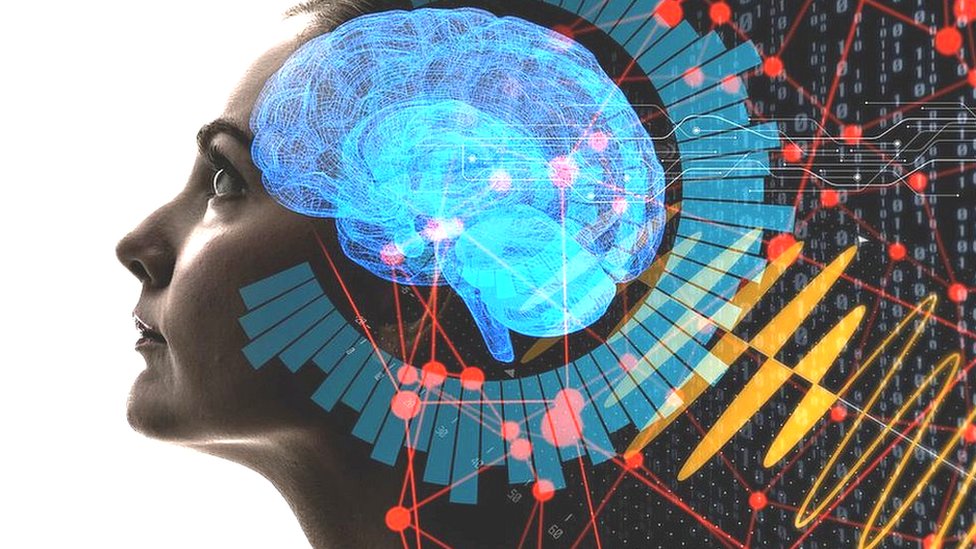Reimagining Connectivity: Web 3.0 and the Future of Digital Interaction
The landscape of our digital world is on the cusp of significant change, guided by the next phase in the evolution of the internet - Web 3.0. As we edge closer to this future, a significant shift is emerging in the way we connect with each other, moving from the constraints of algorithm-driven content consumption to a freer and more user-centric web experience.

Getty Images
A Paradigm Shift in Attention Economy
In the web 2.0 landscape, applications vie for our attention through a condensed feed of content tailored by algorithms. These algorithms, designed by centralized entities, determine what we see and when we see it, creating an echo chamber of reinforced preferences and narrowed viewpoints. This echo chamber not only limits our exposure to diverse content but also breeds a competitive environment where the loudest voices often drown out the most valuable ones.
Web 3.0 seeks to upend this status quo, opening up new avenues for content discovery and interaction. Instead of a condensed feed driven by an inscrutable algorithm, the future points to a more dynamic and organic spread of content that challenges the monopoly of attention that a few tech giants currently hold.
Personalized Corners of the Internet
Web 3.0 will offer users the tools and the freedom to create their personalized spaces on the internet. These spaces will be shaped not by what an algorithm deems appropriate but by individual interests, needs, and the desire for exploration. They will provide a platform where users can develop, share, and engage with the content that genuinely interests them.
Imagine the internet as a vast city. Currently, we are directed to the same crowded attractions, packed with tourists. In contrast, Web 3.0 is about discovering those quaint cafes, hidden galleries, and secret gardens that reflect our unique tastes and aspirations.
Democratizing Content Creation
In the Web 3.0 ecosystem, good ideas will have the space to thrive, unencumbered by the need to comply with algorithmic demands. This open, decentralized web will foster an environment where innovation is championed, irrespective of its potential for capitalization.
In essence, Web 3.0 presents a future where the internet is shaped by users, for users, offering a platform for sharing ideas, knowledge, and content without the constraints currently dictated by the existing digital structures. As we look forward to this future, the promise of a more personalized, democratic, and innovative internet instills hope and excitement for the potential the Web 3.0 era holds.
As we stand on the brink of this digital revolution, it's essential to recognize the power that Web 3.0 holds. This new era of connectivity will redefine the way we navigate, consume, and create content on the internet. The focus will shift from homogenized, algorithm-driven experiences to a more diverse, user-centered web that fosters creativity, freedom, and individuality. It's the dawn of a more democratic and empowering digital age where our interests and ideas hold the steering wheel, and the arbitrary algorithms take a backseat.


Comments
Post a Comment